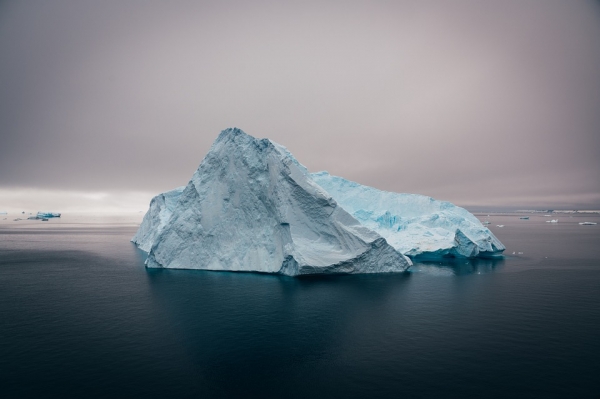Approximately 700,000 years ago, a “warm ice age” permanently changed the climate cycles on Earth. Contemporaneous with this exceptionally warm and moist period, the polar glaciers greatly expanded. A European research team including Earth scientists from Heidelberg University used recently acquired geological data in combination with computer simulations to identify this seemingly paradoxical connection. According to the researchers, this profound change in the Earth’s climate was responsible for the change in the climate cycles, thus representing a critical step in the later climate evolution of our planet.
Geological ice ages – called glacial periods – are characterised by the development of large ice sheets in the Northern Hemisphere. In the past 700,000 years, phases shifted between distinct glacial and warm periods about every 100,000 years. Before then, however, the Earth’s climate was governed by 40,000-year cycles with shorter and weaker glacial periods. The change in the climate cycles occurred in the Middle Pleistocene Transition period, which began approximately 1.2 million years ago and ended about 670,000 years ago. “The mechanisms responsible for this critical change in the global climate rhythm remain largely unknown. They cannot be attributed to variations in the orbital parameters governing the Earth’s climate,” explains Associate Professor Dr André Bahr of the Institute of Earth Sciences at Heidelberg University. “But the recently identified ‘warm ice age’, which caused the accumulation of excess continental ice, did play a critical role.”
Read more at Heidelberg University
Image: spalla67 via Pixabay


